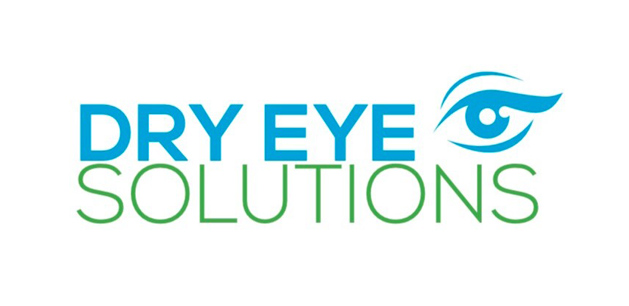
Dry Eye Center
Dry? Watery? Itchy? Sandy? Red? Crusty and swollen? These are all ways that patients have described their eyes when they have either dry eye syndrome or other serious eyelid or eyelash conditions. Many of these conditions develop from bacterial infections on the lid margin or problems with the eyelid’s meibomian glands.
Dry Eye Center in Pembroke Pines, FL
Conditions like dry eye syndrome can lead to frequent discomfort and pain but there are solutions. The Eye Center is your go-to dry eye center in Pembroke Pines, Florida. Our dry eye specialists not only diagnose dry eye but also provide dry eye care so you no longer have to live with discomfort.
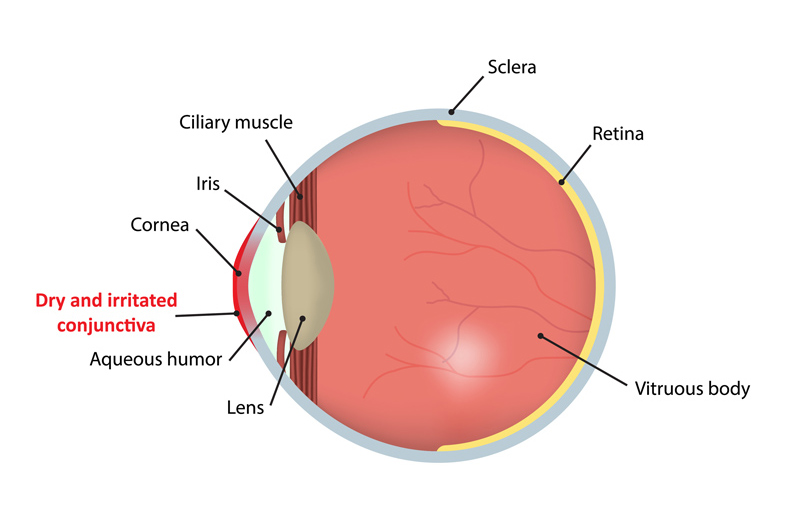
What is Dry Eye Disease?
Dry eye, also known as dry eye syndrome or dry eye disease, is just what it sounds like. It is a condition where the eyes do not have enough lubrication and consequently may feel scratchy or grainy. Dry eye syndrome is typically a result of low tear production or poor tear quality and can lead to more serious problems like damage to the eye surface or eye infections. While a common condition, some people do not realize that what they are struggling with is dry eye or that there are solutions available, and they do not need to feel this way.
Causes of Dry Eye in Pembroke Pines, FL
There are many different reasons people can develop dry eye disease, and it’s important to understand the underlying causes of your dry eye so that you can get the treatment you need.
Meibomian gland dysfunction
Meibomian gland dysfunction is one of the top reasons people develop dry eye disease. It is a condition where the meibomian glands in the eyelids become clogged or blocked. These glands produce an oil that helps to lubricate the eye and prevent tear evaporation. When these glands become blocked, it prevents the normal flow of this oil, leading to an imbalance in the tear film and dry eye symptoms.
Symptoms of MGD can include eye discomfort, redness, a feeling of grittiness, and a burning or stinging sensation. In severe cases, MGD can also lead to thickened, irregular eyelid margins and meibomian cysts.
Blepharitis
Blepharitis is a condition in which the eyelids become inflamed. It can cause a variety of symptoms including redness, itching, burning, and a feeling of grittiness in the eyes. It can also cause the eyelashes to become matted or to turn inward, which can lead to irritation and even infection.
Other Dry Eye Causes
- Certain medical conditions, such as rheumatoid arthritis and Sjogren’s syndrome, can lead to dry eye disease.
- Certain medications, such as antihistamines and antidepressants, can also cause dry eyes as a side effect.
- Environmental factors such as wind, sun, and air conditioning can also contribute to dry eyes.
- People who spend long hours in front of a computer screen or other digital devices may experience dry eye symptoms as you blink less when doing these activities.
- Some ingredients in cosmetics can irritate the eyes, leading to dryness, redness, and itching. These ingredients include preservatives, fragrances, and certain types of dyes. For example, eye makeup, such as mascara and eyeliner, can contain ingredients that can cause irritation and dryness, especially if you wear the makeup for long periods.
- One potential cause of blepharitis and dry eye disease is an infestation of tiny mites called Demodex. These mites are normally found on human skin. However, when they occur in large numbers on the eyelashes, they can cause inflammation of the eyelids. This inflammation leads to symptoms such as redness, itching, and a gritty feeling in the eyes. It can also cause damage to the oil glands in the eyelids, leading to dry eye disease.
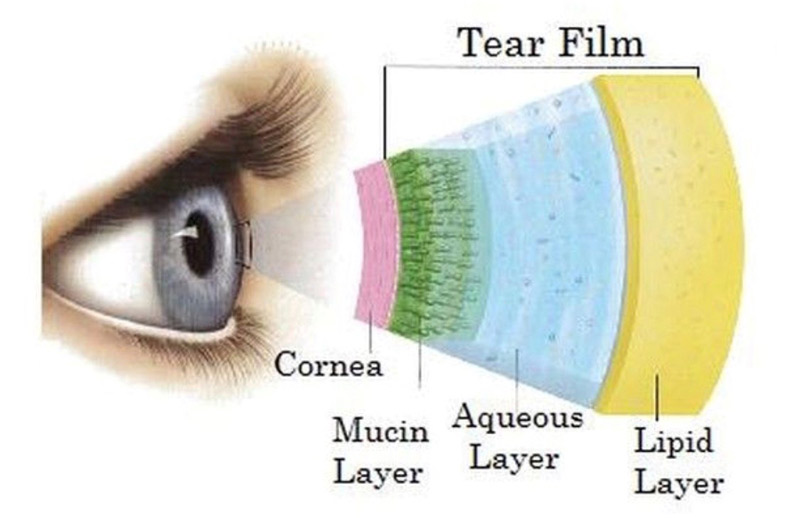
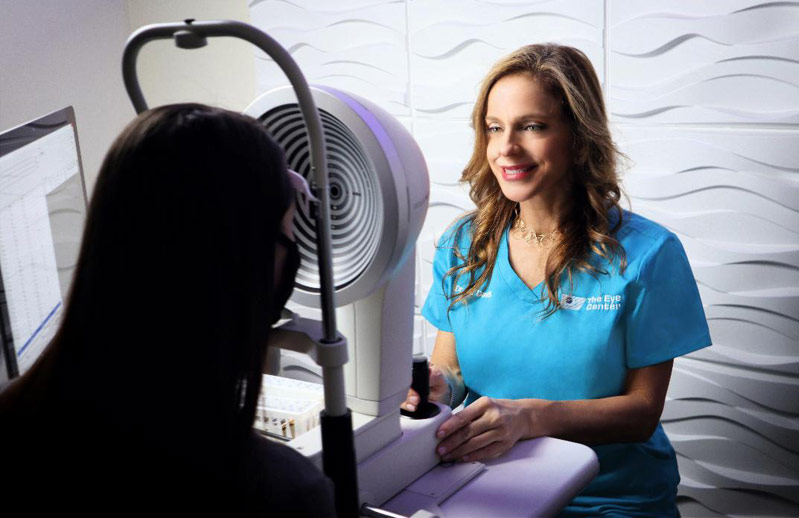
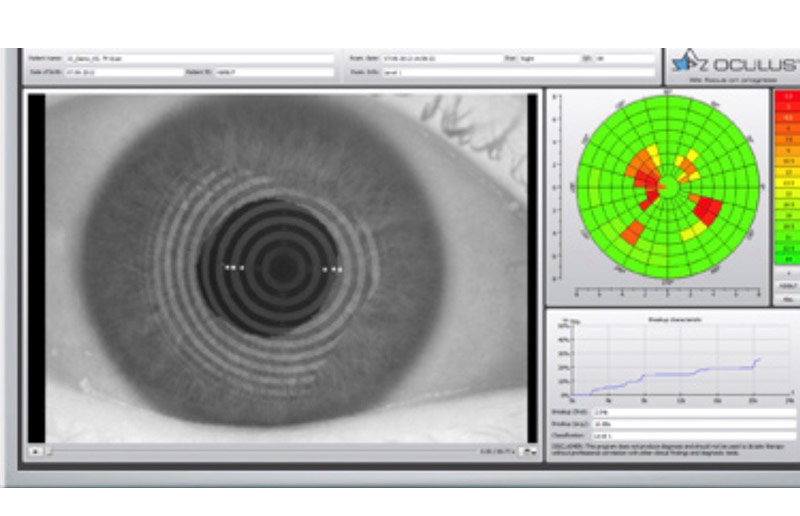
Common Dry Eye Symptoms in Pembroke Pines, FL
Ranging from mild to chronic, millions of people suffer from dry eye, but many may not realize it.
You may need dry eye treatment if you suffer from:
- Teary eyes and constant irritation
- Red or bloodshot eyes
- A burning or stinging sensation in your eyes
- Blurry vision
- Irritation while wearing contact lenses
- A scratchy or grainy feeling in your eye
- The feeling that something is stuck in the eye
- Stringy mucus around the eyeball
While these symptoms may alert you to a problem, the best way to diagnose dry eye is to get a comprehensive eye exam.
How is Dry Eye Disease Diagnosed in Pembroke Pines, Florida?
A thorough exam with one of our eye doctors will allow us to understand the full scope of your eye health and start creating the best dry eye treatment for your unique needs.
During this exam, our doctors will perform a variety of tests to determine both your basic vision and eye health needs. If we suspect you may benefit from dry eye syndrome treatment, we may conduct more specialized tests to examine the severity of the condition. These tests typically involve a closer look at your tears as well as assessing any damage already done to your eye surface. Once these tests are complete and your doctor has diagnosed you with dry eye, they will start developing a personalized dry eye treatment plan.
Dry Eye Treatment Technology
Everyone is unique so your treatment for dry eye should match your specific needs. Our dry eye specialists in Pembroke Pines will work with you to find a solution that is best for you. Also, because your condition can change over time, we will monitor your case and update your dry eye treatment as needed.
Some potential dry eye treatments we may recommend include:
- Eye drops
- Prescription medications
- Tear duct plugs
- Plastic surgery
- Lifestyle changes
We also provide specialized treatment for dry eye disease in our office.
OptiLight by Lumenis
OptiLight is a light-based treatment that uses precise, intense broad-spectrum light to address signs of dry eye disease due to meibomian gland dysfunction (MGD).
MGD is the most common cause of dry eye disease, accounting for about 86% of cases. OptiLight treatment addresses inflammation, which is one of the key underlying factors in MGD. OptiLight was specifically developed to reach the delicate contours of the treated area safely, effectively, and gently using the OPT™ technology. It is intended for use in patients who are at least 22 years old, together with other available treatments, such as meibomian gland expression, artificial tear lubricants, and warm compresses.
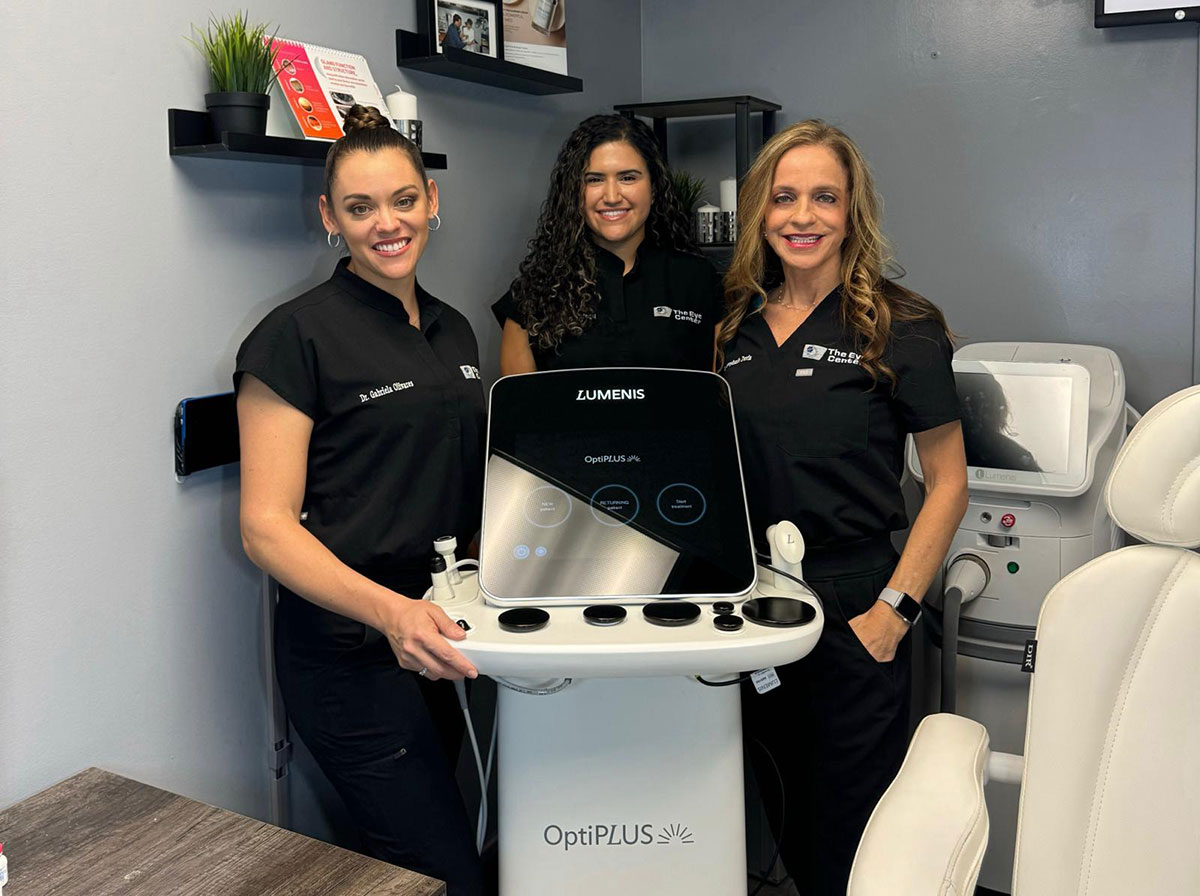
Lumenis’ patented technology OPT™ (Optimal Pulse Technology) transforms the use of light and allows targeted, uniform, precise, and controlled treatment. Specifically designed for the delicate area below the eye, OPT™ safely and effectively breaks the vicious cycle of inflammation associated with dry eye.
Treatment protocol typically consists of 4 sessions, at 2 to 4 weeks apart:
- During treatment, your practitioner will cover your eyes with shields and apply a thin layer of coupling gel on the treatment area.
- During treatment, light is applied to the skin below the eyes. Most patients report minimal discomfort.
- OptiLight is followed by meibomian gland expression.
- Each session takes only 10-15 minutes. There is no downtime, so you can resume your daily activities immediately.
If you are experiencing eye discomfort, do not wait any longer to get help or get a diagnosis. Our dry eye treatment in Pembroke Pines can help you move past this discomfort and manage your dry eye. Schedule your eye exam today and learn how you can get relief from the uncomfortable symptoms of dry eye.
